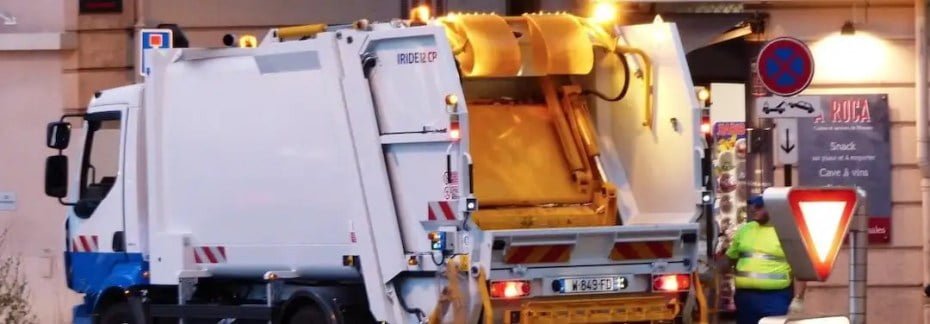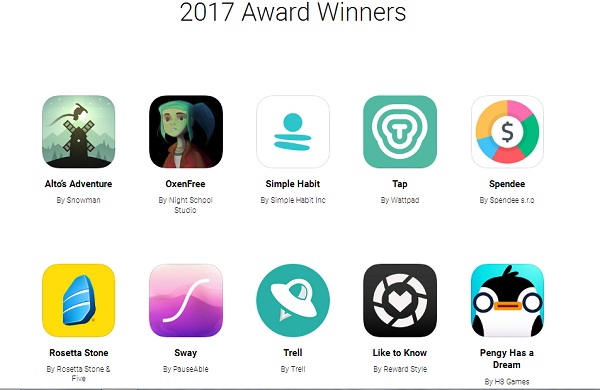
A Smart City Example IoT Application
Everyone has different visions of what a smart city means to them; from buildings that talk to you, self-driving cars working in collaboration with traffic lights and billboards, to autonomous robotic urban farming, floating walkways and much more…
Some of these concepts are still pretty optimistic glimpses of the future, some are nearly a reality and others are already here, you just need to know where to look.
When walking around cities like New York, Sheffield or London, you might not be escorted to your meeting by a robotic companion, your flying taxi might not float away into the sky, but hidden behind the workings of the city, there are smart things happening all around you.
Rather than the sci-fi inspired dream worlds, many cities are already demonstrating how to put technology like Internet of Things (IoT) and Artificial Intelligence (A.I.) to work in more subtle, less obvious ways.
These, sometimes unglamorous, Internet of Things examples show how relatively small amounts of data can have a big impact on a city and the environment its citizens live in.
Smart Waste Management Using IoT
Whilst the idea of smart waste probably isn’t the first thing many of us think of when we are asked about our visions of futuristic cities, it is one of the most prevalent internet of things examples currently being trialled and deployed in smart cities today.
It can have a direct and significant impact on many factors that both citizens and local authorities care about, from cost and efficiency through the reduction of unnecessary trips and congestion, to well-being and health through improved sanitation and reduced vehicle emissions. Reduced emissions are achieved directly from the reduced number of garbage trucks, and indirectly from the the reduction in congestion from having fewer trucks on the roads.
I spoke with a company focusing on IoT Waste Management solutions in Belgium, BrighterBins, about their views and opinions. Having deployed their IoT technologies in twenty countries across Europe, Asia and Australasia, they’ve seen the impact first-hand, and has some fascinating data to share.
Evolving To Smart Waste Management
It is important to note that currently, nearly all of the smart waste management IoT applications are focusing on commercial waste and municipal, public waste bins, rather than household waste.
The traditional way to manage collection of waste for these types of bins was to create a schedule, and send large trucks around the city at regular intervals.
When arriving at a bin, the bin would be emptied whether it was full or not.
Some bins might be empty, whereas localised changes in citizen behaviour might mean others might be filling more quickly than usual, leading to overflowing waste, litter and other hazards.
Examples of changes in citizen behaviour are obvious during things like carnivals, concerts, road-closures and especially during the lock-downs.
Using the pandemic lock-downs as a powerful example, city centres became deserted whilst people spent more time in the peripheries of the cities.
The normally heavily-used city centre bins which were emptied at a high frequency remained empty, but those emptied less frequently in the outskirts overflowed.
Using Smart Bin Data For Bigger Impact
BrighterBins are already using the data from their smart waste management sensors to create new insights and value with their clients, including the cities of Delft (The Netherlands), Sheffield (UK) and many others.
Using A.I. they are able to predict when bins will need emptying, which further improves planning efficiency, but also through anomaly detection highlights changes in how citizens are moving around the city.
In Finland, one of their customers is using the technology to remotely monitor the fill levels of underground waste water sewage tanks. With this knowledge the local authority can understand changes in usage patterns as well as intelligently optimising the expensive emptying of these tanks so they are only emptied when “full enough”, and before levels reach the critical point of overflowing.
Smarter Waste Management Between Building and City
In another example, smart bins were installed across several floors of a large office building. The data from these bins enables the building facility managers to understand which bins need emptying, from which department on each floor.
The waste from those bins is emptied into the larger waste bins in the basement of the building. Each of these also is equipped with an IoT sensor that provides data to the company that empties the commercial waste bins of this building, as well as others around the city.
Doubly Optimised
In this example, there are benefits and optimisations within the building (improved efficiencies, improved comfort and sanitation) as well as across the city (reduced congestion, reduced pollution, more efficient services).
This is how smart cities of today are evolving. Gradually, incremental innovations are being implemented at different levels, solving different problems. Either the direct output of these, or the data and insights they generate are feeding into other smart systems, cascading insights, information and improvements across the city.
What Could This Mean To You?
The workings of waste collection is something that most might take for granted, and only really pay attention to when things go wrong, when bins or septic tanks spill over.
With technologies like this from BrighterBins, cities and local authorities can be better equipped to ensure this is even more rare, whilst also improving factors we wouldn’t normally associate with the comings and goings of garbage trucks.
Beyond this, these sensors are creating new data sets which could be used for much more than smart waste management. Perhaps you work in an organisation where this data set could be of value? What could you do with this data?
[“source=wellthatsinteresting”]








